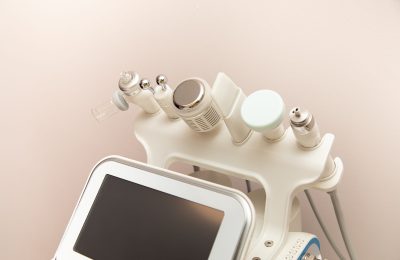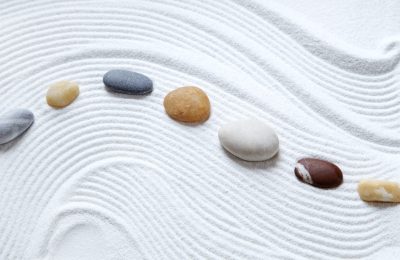Driven by a facilitated digitization of the world around us, the spa industry is currently evolving with advanced technologies in…
Optimum nail health
The winter isn’t just hard on our stretchy skin. Fingernails and especially toenails need careful attention too
We all know winter weather can be hard on the skin, drawing out critical moisture. Many people don’t consider the fact that these dry conditions are also hard on other parts of the body, namely the finger and toe nails.
According to the International Pedicure Association’s advisory board, winter pedicures don’t require any additional steps to maintain nail quality during the moisture-starved winter months, but rather different steps. A good idea, according to the IPA, is to implement a whole treatment plan.
“Giving the nails a light buffing and avoiding the use of nail polish for at least a month during the winter season can be great for overall nail health,” says the IPA.
Linda Bond, executive director of the IPA, leads by example. “I begrudgingly go without polish in the winter because I know it’s so much healthier for my feet, and it really shows,” she says.
If clients insist on wearing polish on either the fingernails or toenails during the winter, they would be well advised to invest in a good moisturizing nail polish remover.
Most methods for maintaining moisture in the toenails can be applied to fingernails as well, but the feet do require a little extra care.
The use of an anti-fungal spray on the feet during the dry months is advisable. While it is difficult to maintain proper moisture, the feet can be subject to damp, cold conditions quite regularly, doing damage to the skin on the feet as well as the toenails. Ingredients like avocado oil and panthenol, which are good for the skin of the feet, are also beneficial to nail health. They also help give the nail a healthy shine, a good thing when you’re avoiding polish.
“I do use Footlogix Anti-Fungal Spray myself,” says Bond. “I think we’ve often found our feet wet from boots that were not waterproof… feet perspire in skates or boots and that can perpetuate a fungal condition of the nails or skin.”
An important thing to remember when hydrating dry skin and cuticles is that feet need different products than the rest of the body because they are in such a moist, dark area and sustain much more pressure than skin anywhere else. When hydrating the cuticles and nails on the toes, remember to use a non-occlusive product that will not clog the pores. Your feet will thank you come spring




